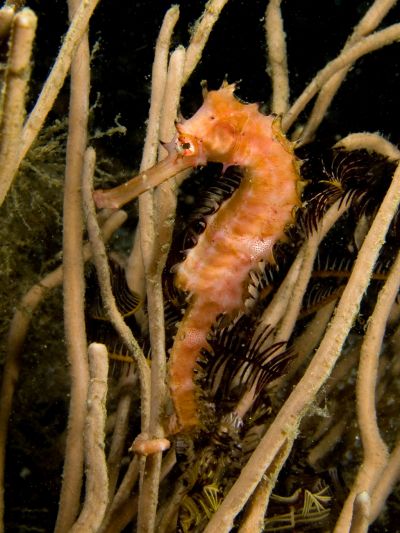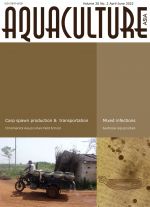Seahorse aquaculture: A new paradigm of commercial activity
30 June 2022 | Sangavi. S., Paramita Banerjee Sawant, N. K. Chadha, Sandeep Shankar Pattanaik | 806 Downloads | .pdf | 277.22 KB | Marine finfish, India

Seahorses are charismatic livebearers that come under the genus Hippocampus spp. Seahorses are widely distributed in tropical and temperate waters (mostly in the Indo-Pacific region) and different species can tolerate a salinity range of 6-35 ppt.
Seahorses are highly in demand for traditional medicines and curio trade purposes in the dried form and live ones are popular in the marine ornamental aquarium trade. As a result, they are vulnerable to overfishing. Since over-exploitation of these charismatic species has resulted in a drastic reduction in their natural populations, aquaculture of seahorses on a commercial scale may help to reduce pressure on wild stocks.
This article provides an overview of seahorse aquaculture in India including research, the production cycle, production systems, and disease issues.
Publisher: Network of Aquaculture Centres in Asia-Pacific
Rights: Creative Commons Attribution.
